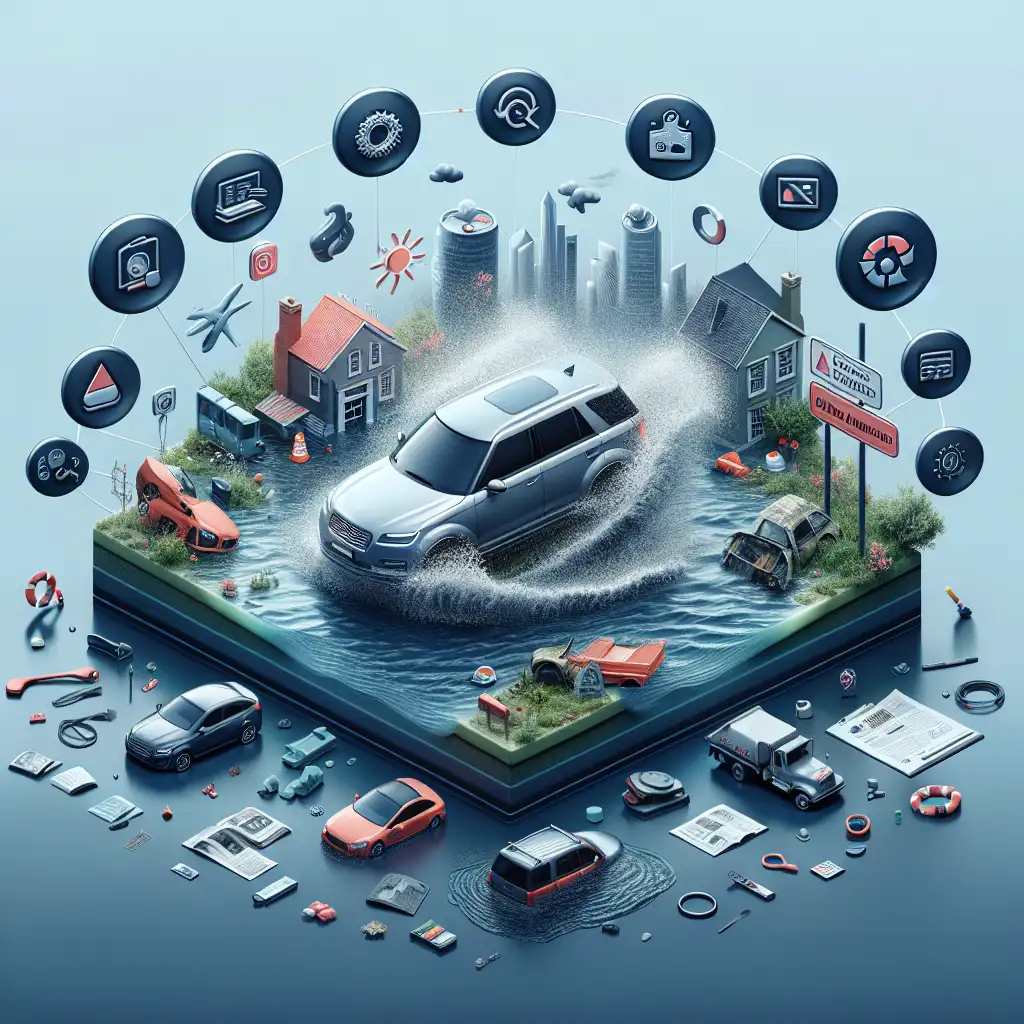How to Spot a Flood-Damaged Used Car
Tips on identifying signs of water damage in used cars to avoid future problems.

Buying a used car can be a smart financial decision, but it's crucial to ensure you're not purchasing a vehicle with hidden issues. One of the most significant concerns is flood damage, which can lead to long-term problems. This guide will help you identify signs of water damage in used cars, so you can make an informed decision.
Understanding Flood Damage in Cars
Flood damage occurs when a vehicle is submerged in water, which can affect its mechanical, electrical, and safety systems. Even if a car appears to be in good condition, water exposure can lead to corrosion, mold, and electrical failures over time. Identifying a flood-damaged car before purchase can save you from costly repairs and safety hazards.
Signs of Flood Damage
1. Unusual Odors
One of the first indicators of flood damage is a musty or moldy smell inside the car. This odor is often difficult to remove and may suggest water has seeped into the upholstery or carpet. Be wary if the car has an overpowering air freshener scent, as it might be masking these odors.
2. Water Stains and Discoloration
Inspect the interior for water stains or discoloration on the seats, carpet, and headliner. Pay close attention to areas that are difficult to clean, such as under the seats and in the trunk. Water lines or tide marks on the upholstery can also be a red flag.
3. Electrical Issues
Flood-damaged cars often have electrical problems. Test all electronic components, including lights, windows, and the infotainment system. Flickering lights or malfunctioning electronics can indicate water exposure.
4. Corrosion and Rust
Check for rust and corrosion, especially in areas that are not typically exposed to moisture, such as under the dashboard, inside the glove compartment, and around the wiring. Rust on the exterior, particularly under the hood and in the trunk, can also be a sign of flood damage.
5. Mud and Debris
Look for mud, silt, or debris in unusual places, such as under the seats, in the glove box, or inside the trunk. These materials can be left behind after floodwaters recede.
Steps to Take When Inspecting a Used Car
- Conduct a Thorough Inspection: Use the signs mentioned above to perform a detailed inspection of the car. Take your time and don't rush the process.
- Check the Vehicle History Report: Obtain a vehicle history report from a reliable source. This report can reveal past flood damage, salvage titles, or insurance claims related to water damage.
- Consult a Professional Mechanic: If you're unsure about your findings, have a trusted mechanic inspect the car. They can provide a more in-depth analysis and identify issues you might have missed.
- Verify the Title: Ensure the car's title is clean and not marked as salvage or flood-damaged. A clean title is crucial for future resale value and insurance purposes.
Conclusion
Spotting a flood-damaged used car requires a keen eye and attention to detail. By following these tips and conducting a thorough inspection, you can avoid purchasing a vehicle with hidden water damage. Remember, when in doubt, consult a professional to ensure your investment is sound.
 CarChooser
CarChooser